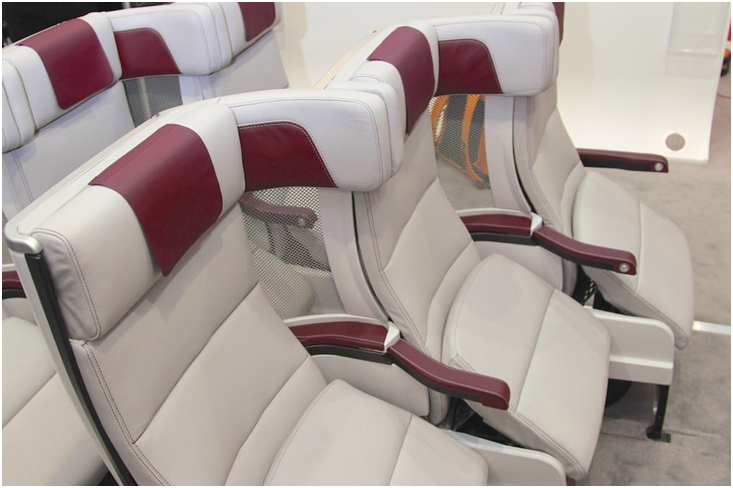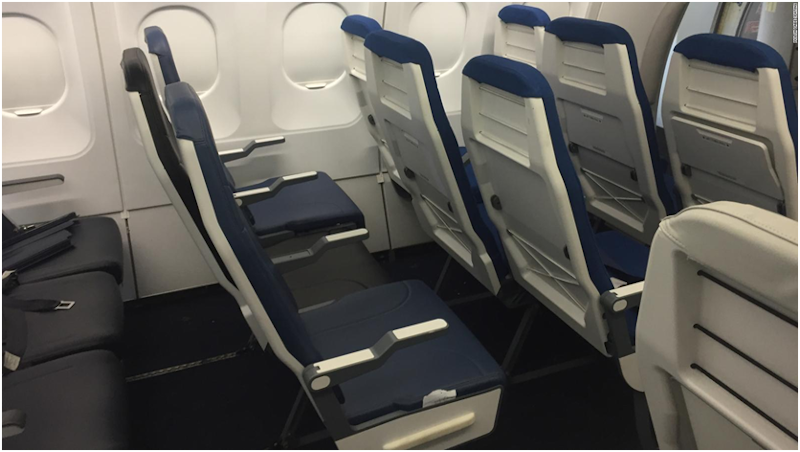Charles R. Goulding and Preeti Sulibhavi examine the future of seating — and how 3D printing can help to redesign public seating areas.
Stadium seats, airline seats and Broadway theater seats are all going to need to be reinvented if the public is going to confidently return to these venues after the COVID-19 crisis is controlled and alleviated.
Stadium Seating
Mark Cuban, the always provocative and engaging billionaire Shark Tank judge and owner of the Dallas Mavericks, has received a lot of major network airtime during the coronavirus crisis. He has repeatedly made the point that stadium seats are going to have to use AI and other technology to enable a fan to quickly determine when and how a seat was cleaned. The new focus is going to need to be easily disinfected fan-viewing areas.
Airline Seats
Most passengers hate the dreaded middle seat and just before the coronavirus crisis, Colorado Molan Labe Seating had obtained FAA approval for new technology to improve the middle-seat environment.
Now some airlines are eliminating middle seat scheduling to create more social distance which hopefully will be permanent pending complete middle-seat removal and new seat designs. Airbus has been producing 3D printing protective visors and hopefully can use newfound knowledge to improve passenger seating and safety.
Broadway Theaters
When thinking about Broadway theaters, the first thing that comes to mind is sardine can seating, long restroom lines, congested bathrooms and jammed concession lobbies. Broadway theaters have continuously innovated stage sets but appear to have forgotten the audience. Many theaters are grandfathered-in with old building codes but never meet current occupancy and sanitary codes. The hard reality is that some old theaters may have to be demolished and rebuilt.
R&D tax credits are available for new seating design.
The Research & Development Tax Credit
Enacted in 1981, the now permanent Federal Research and Development (R&D) Tax Credit allows a credit that typically ranges from 4%-7% of eligible spending for new and improved products and processes. Qualified research must meet the following four criteria:
- Must be technological in nature
- Must be a component of the taxpayer’s business
- Must represent R&D in the experimental sense and generally includes all such costs related to the development or improvement of a product or process
- Must eliminate uncertainty through a process of experimentation that considers one or more alternatives
Eligible costs include US employee wages, cost of supplies consumed in the R&D process, cost of pre-production testing, US contract research expenses, and certain costs associated with developing a patent.
On December 18, 2015, President Obama signed the PATH Act, making the R&D Tax Credit permanent. Beginning in 2016, the R&D credit has been used to offset Alternative Minimum Tax for companies with revenue below $50MM, and startup businesses can obtain up to $250,000 per year in cash rebates applied directly toward payroll taxes.
New Seating Designs Sit Well with 3D Printing
The above described seating configurations are currently vacant. Hopefully, all of these venues are using the vacancy period to design new, healthier seating environments so we can all return safely to our spectator seats. 3D printing can play an important role in comfortably re-seating all of us.


